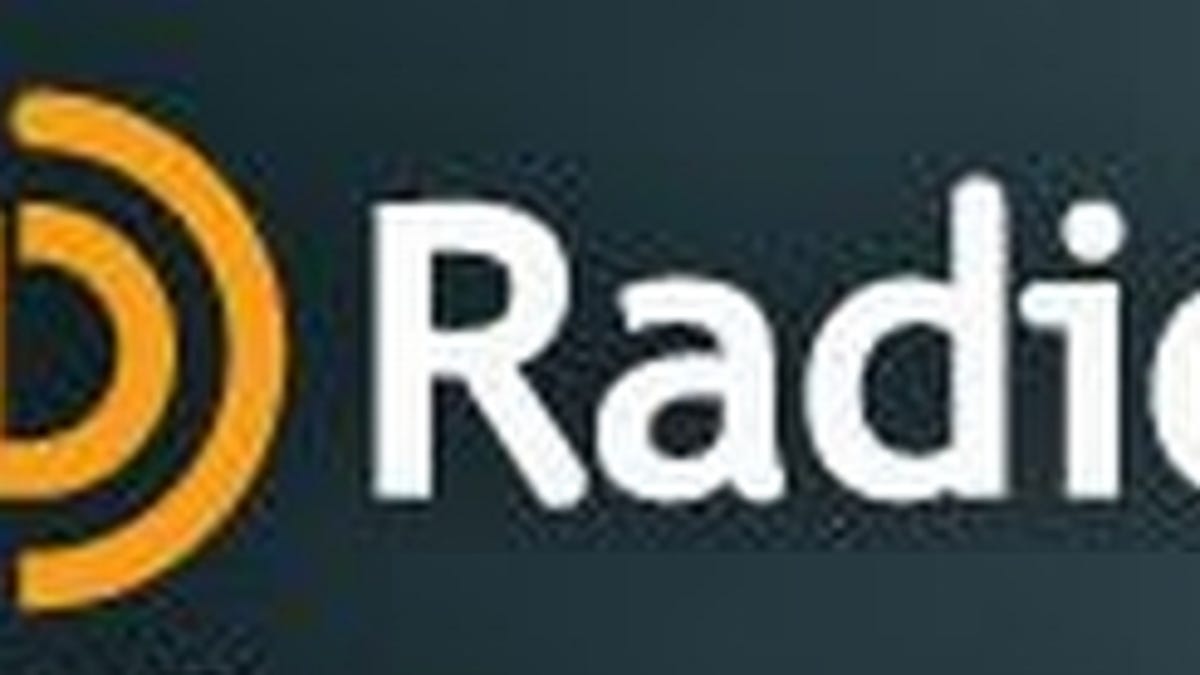HD Radio: Why should you care?
So why doesn't anyone seem to care about HD Radio? Most likely, it's because many people don't understand the benefits of the technology.

HD Radio enables AM and FM radio stations to broadcast both digital and analog audio from the same channel, as well as add new sub-channels and text information. HD Radio has been on the market since 2002, and yet--over six years later--we're only just beginning to see the technology proliferate. Currently, there are only a handful of car stereo receivers that have HD Radio tuning built in, with the bulk of the units on the market requiring external, and at times expensive, add-on tuners.
So, why doesn't anyone seem to care about HD Radio? Most likely, it's because many people don't understand the benefits of the technology.
Increased sound quality
By moving to a digital format, HD Radio offers a huge jump in audio quality. Comparing HD Radio to analog radio is similar to comparing CDs to old school tapes, or DVD movies to VHS--the boost in quality is that noticeable, even on our Chevrolet Aveo's crap stock speakers. Digital AM stations begin to sound like analog FM stations, and digital FM audio quality begins to approach that of a CD. All of this is accomplished using 1-10 percent of the bandwidth and power of an analog station.
Currently most HD Radio stations are broadcast on the same redundant stations as the analog programming. When the receiver detects a digital station, it switches over to the digital feed. If the signal deteriorates, the receiver can drop back to a lower bandwidth digital signal or back to the analog signal.
Text information
HD Radio's digitally transmitted audio also features text information that could be used for station information/telephone numbers, announcements, or artist and title information. In the case of artist/title information, this opens doors for increased functionality. For example, the Alpine TUA-T550HD HD Radio receiver allows you to tag songs for downloading in iTunes when connected to a compatible iPod.
Subchannels
The bandwidth freed up by using a more compact digital signal allows multiple subchannels to be broadcast on the same frequency. That means a station could offer alternative programming on a subchannel. For instance, if a song you didn't like came on, you could just jump to the substation. Or your favorite Top 40 station could start offering classic rock and indie music subchannels to vary content. If a station goes all digital (forgoing the analog redundancy), up to seven subchannels will fit into a single frequency. More content is almost always good.
Subscription-free
Unlike subscription-based satellite-radio stations, HD Radio content is free. The only cost paid is the one-time purchase of the HD Radio receiver. HD Radio stations broadcast their digital content over the same radio frequencies as their analog content. Here in the San Francisco area there are about 26 digitally broadcasting stations, 17 of which have at least one substation with alternated content.
While the FCC hasn't mandated a digital switch for audio broadcasts, as they have with television, there will most likely come a day when it will. FFC mandate or no, we'll be seeing more and more digital broadcasts in the immediate future, with premium automakers starting to include HD Radio receivers as standard equipment in many cases.

